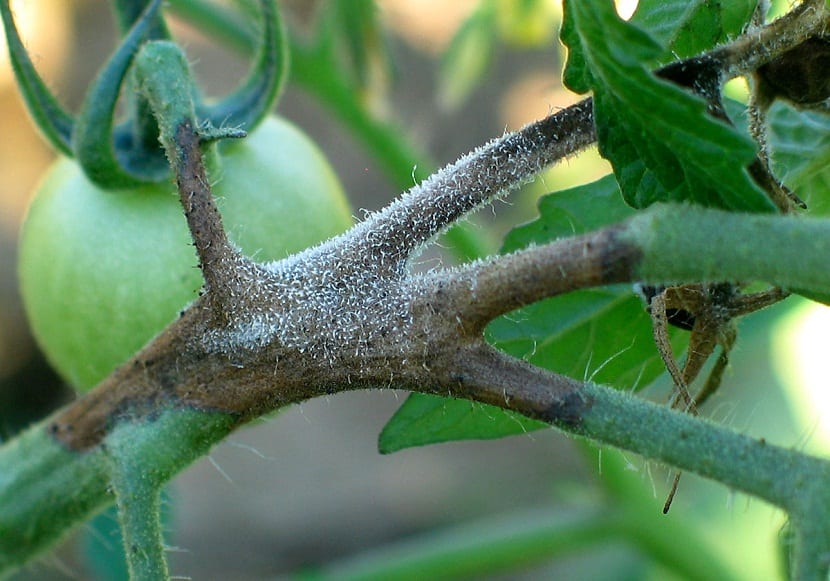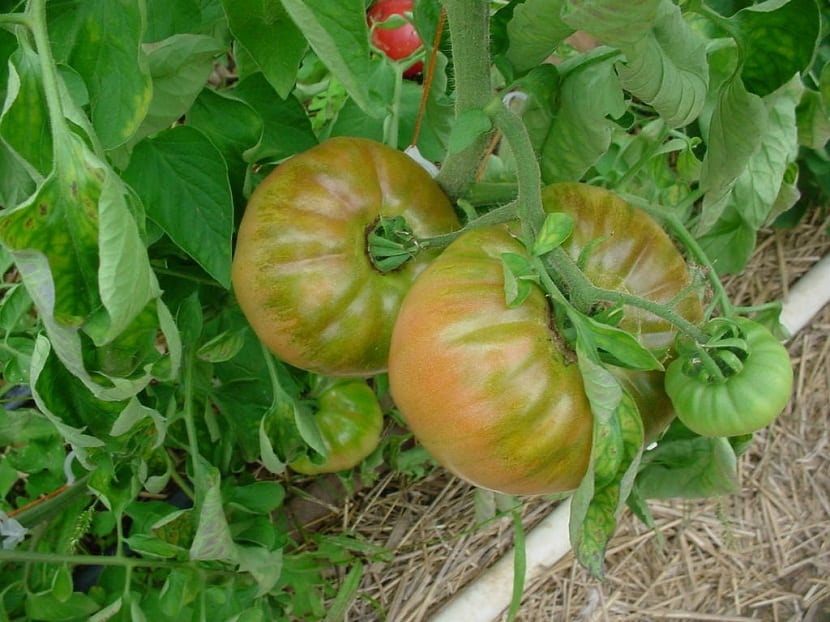
We know Botrytis as a fungus that is polyphagous which has an extensive range of host plants and at the same time a wide spread throughout the world, therefore it is responsible for a gray rot in a great diversity of crops of enormous importance for the economy, as is the case of the blueberry , the strawberry, the kiwi, the vine or also the tomato.
That said, there is a report that exceeds the 1400 species of plants that have been damaged by Botrytis, of about 596 genera, in an approximate of 170 families.
Description and characteristics of Botrytis

Botrytis is a fungus well known for being one of the main responsible for the greater loss in tomato crops.
The biggest consequences occur because large losses in performance are generated, since the flowers fall and in turn due to the damage done directly to the fruits in full development, as well as their low quality for trade and also due to rottenness in the harvest.
Botrytis symptoms on tomatoes
This is a mushroom that is capable of affecting the stems, petioles, leaves and also in the fruits that are damaged or in turn senescent.
There is the appearance of watery lesions in each of the stems of the plant, followed by fleshy as well as necrotic lesions that are light brown, which on the other hand are the ones that have the ability to partially or totally strangle the stem of said host plant.
It can be seen necrotic lesions that are surrounded by a chlorotic aureole and that we usually find them in the leaflets with a shape similar to a V.
To know that our plant is suffering from necrosis in the flowers, little fruit set occurs as well as the growth of a watery decomposition in the fruits that are still immature.
In the ripe fruits we can observe small yellow, necrotic lesions with the shape of a sphere that receives the name ghost stain, which have a measurement of between three to about 10 mm in diameter.
We can also see a type of gray velvety texture mold above those parasitic tissues. This is a fungus that often sporulates due to the presence of conidiophores that are capable of producing a large number of conidia.
What are the cycles of the fungus?
This survives as a saprophyte on plant debris and at the same time it is capable of elaborating quite resistant structures such as sclerotia, which remain asleep on the ground in order to survive.
In general, the dissemination of conidia occurs due to the action of rains, air currents and also the wind. These spores in many cases they are carried long distances by air currents.

To get to infect those tissues that are intact they need a good source that gives them exogenous energyAn example of this is the withered petals that fall on the leaves or the stems, therefore it is quite common for this infection to start in the flowers. Another way that this fungus can use to infect a plant can be the wounds caused by poorly done pruning.
Once said tissue is infected new spore production is generated, which are likely to start another cycle of infection.
How can we control Botrytis?
- Decreasing the presence of moisture in each crop, reducing or avoiding sprinkling irrigation.
- Properly verifying each crop.
- Removing the organs that are diseased.
- Decreasing the use of nitrogen fertilizer.
It is very important to be on top of the tomato plant to be able to see that the tomatoes do not suffer from any type of disease or fungus, since tomato harvesting would not be possible.